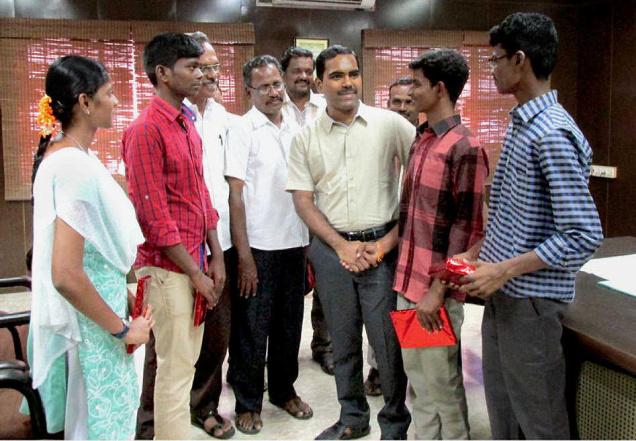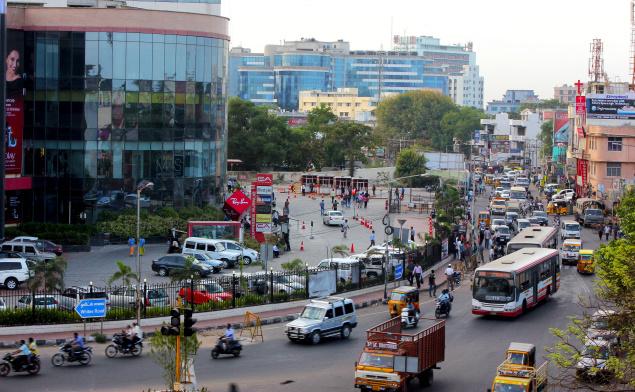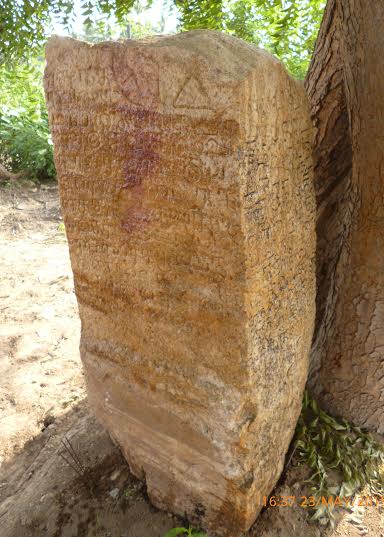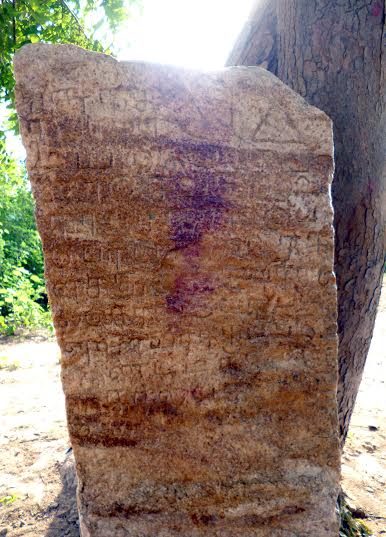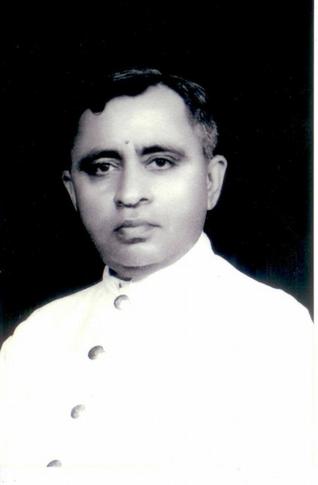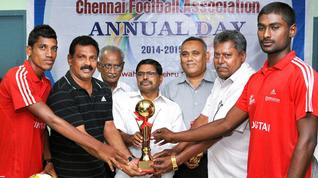
The annual day of the Chennai Football Association (CFA) was held here on Saturday. The winners and runners-up of various competitions conducted by the CFA were felicitated with cash awards and trophies.
The chief guest Justice D. Hariparanthaman of Madras High Court gave away the prizes. In the 2014-15 season, 96 clubs participated in the various divisions of the CFA league, with more than 450 matches being held during this period at three venues. Hindustan Eagles won the senior division title and netted a prize money of Rs. two lakh, while runner-up Chennai FC was awarded Rs. one lakh.
In the first division, Chennai City FC clinched the title winning all its 11 matches and securing promotion to the senior division along with runner-up Madras Sporting Union.
D. Jebakumar of Chennai Customs was awarded the R. Muthuraman Rolling Trophy for ‘player of the year’. Eagles’ N.D. Opara received the T. Nagar FC rolling trophy for finishing as the top-scorer with 12 goals. He was also feted with the Tanveer Memorial top scorer award along with a cash prize of Rs. 5000. S.E. Bharanidharan was adjudged ‘referee of the year’.
CFA also conducted inter-school and inter-college tournaments with Don Bosco, HSS Perambur winning the CFA-E. Vadivel Memorial inter-school tournament and Madras Christian College the CFA-Chennai City FC inter-college tournament.
The chief guest also formally launched the website of the CFA www.cfa.net.in.
Winners: Senior division: Hindustan Eagles; I division: Chennai City FC; II division: Chennai United FC; III division: Pachaiyappas SC; IV division: Sangeetha FC.
Runner-up: Senior division: Chennai FC; I division: Madras Sporting Union; II division:Madona Matrix; III division: V.M. Football Club; IV division: Chennai Postal Audit
source: http://www.thehindu.com / The Hindu / Home> Sport / by Sports Reporter / Chennai – June 28th, 2015
